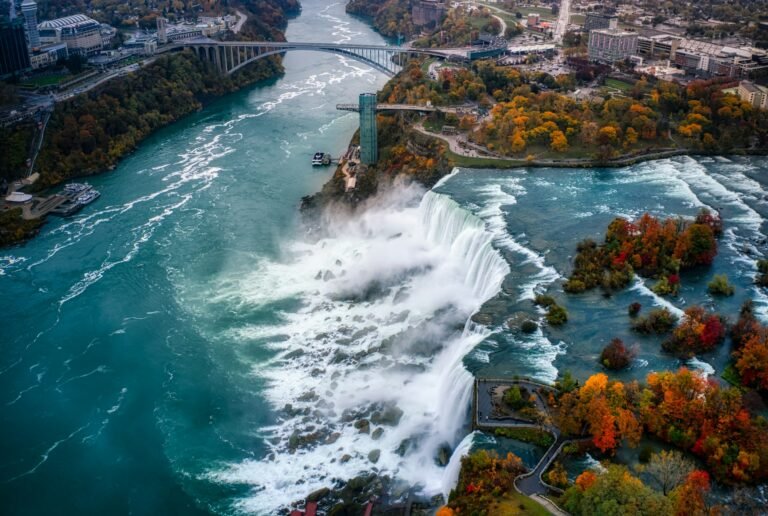The Everest Base Camp (EBC) trek is without doubt one of the world’s most iconic adventures. 1000’s of individuals dream of standing beneath the towering peak of the world’s tallest mountain—however earlier than lacing up your mountain climbing boots, you is likely to be questioning: how exhausting is it, actually?
The reply isn’t completely easy. Whereas the trek is achievable for many individuals, it presents a singular set of challenges that make it a severe endeavor.
Let’s break down the challenges, bust a couple of myths, and offer you an trustworthy image of what the trek calls for—bodily, mentally, and emotionally.
It’s Not a Technical Climb—However It’s No Stroll within the Park Both
First issues first: this isn’t a technical climb. There’s no want for ropes, harnesses, or crampons. Should you’re picturing Everest summit makes an attempt with oxygen masks and ice axes, calm down—that’s not what this trek is about.
There aren’t any vertical ascents or rock faces to scale. As a substitute, the trek is a long-distance hike via the Himalayas, reaching altitudes over 5,300 meters (17,500+ toes).
The EBC trek is basically an extended, high-altitude hike via the Khumbu Valley. You’ll be strolling on rocky trails, crossing suspension bridges, and passing via conventional Sherpa villages.
However don’t be fooled. Even with out technical climbing, the trek isn’t any joke. The excessive altitude, chilly temperatures, and day-after-day mountain climbing require actual grit and preparation.
Altitude: The Silent Problem
If there’s one factor that catches trekkers off guard, it’s the altitude. As you climb larger, the air will get thinner. By the point you attain Everest Base Camp (5,364 meters/17,598 toes), you’re inhaling about half the oxygen you’re used to at sea degree.
Signs of Acute Mountain Illness (AMS) can embody complications, nausea, insomnia, and fatigue. It doesn’t matter how match you might be—altitude impacts everybody in a different way.
That’s why acclimatization is vital. A well-structured itinerary permits your physique time to regulate.
Himalaya Coronary heart, a Nepal-based trekking firm, rigorously plans their 12-day Everest Base Camp treks to prioritize secure elevation achieve and relaxation days. Their educated native guides are educated to identify the indicators of altitude illness early and reply appropriately—providing you with each peace of thoughts and a greater shot at reaching Base Camp.
What Does a Typical Day Look Like?
Most days on the EBC trek contain 4 to six hours of mountain climbing, with a few longer days blended in. The space would possibly solely be 8–15 kilometers (5–9 miles) per day, however don’t let that idiot you. Mountain climbing uphill at altitude takes time, and also you’ll have to go sluggish and regular.
A few of the terrain is steep or uneven, and also you’ll achieve elevation step by step as you progress from one teahouse to the subsequent.
Anticipate early begins, lunch breaks at tiny mountain lodges, and downtime within the afternoons to relaxation, learn, or play playing cards with fellow trekkers.
Climate: Stunning, However Unpredictable
The most effective instances to trek are pre-monsoon (March–Could) and post-monsoon (late September–November). Throughout these months, the skies are normally clear and the views spectacular. However climate within the Himalayas could be fickle.
You would possibly expertise heat sunshine, howling winds, rain, and even snow—all in a single day. Nights are chilly, particularly above 4,000 meters. Assume below-freezing temperatures, even in peak season.
Being ready with the correct layers, a heat sleeping bag, and a superb down jacket makes a world of distinction.
Teahouses and Path Life
The lodging alongside the path—referred to as teahouses—are easy however charming. Most provide fundamental rooms with twin beds, shared bogs, and hearty meals. Don’t count on luxurious.
Electrical energy is usually out there (for a charge), however Wi-Fi is patchy at greatest. Showers exist, however they’re normally chilly or value additional.
Meals are typically carb-heavy: dal bhat (lentils and rice), pasta, potatoes, and soup. It’s consolation meals meant to gasoline your lengthy days on the path.
What Type of Health Do You Want?
You don’t have to be an ultra-marathoner, however you do have to be in respectable form. Should you can hike 6–10 miles in a day, deal with stairs with out gasping, and carry a daypack comfortably—you’re off to a superb begin.
Most individuals discover that coaching hikes with some elevation achieve, plus normal cardio and leg energy, assist enormously. What issues most is consistency and stamina—not pace.
Consider it as an endurance problem quite than a dash.
The Psychological Sport
Bodily health helps, however psychological resilience is simply as necessary. The EBC trek could be monotonous, chilly, and bodily draining. It’s possible you’ll get up with a headache, really feel bored with the meals, or get pissed off by the dearth of a scorching bathe.
However you’ll additionally expertise breathtaking views, inspiring cultural encounters, and the distinctive camaraderie that solely shared hardship can deliver.
Going with a bunch or a supportive information service helps. A humorousness doesn’t harm both.
So, Who Is This Trek For?
Nice match for:
- Reasonably match vacationers who take pleasure in mountain climbing and journey
- Individuals with a versatile mindset and optimistic angle
- Anybody in search of a bodily problem and cultural immersion
Not perfect for:
- These with severe well being points or coronary heart/lung situations
- Vacationers anticipating luxurious or consolation
- Individuals unwilling to unplug or adapt
Closing Ideas: Is It Value It?
Completely. The Everest Base Camp trek is a bodily, psychological, and emotional journey that’s value doing as soon as in your lifetime.The sense of feat, the friendships shaped on the path, and the views of the Himalayas will stick with you lengthy after you come back house.
Sure, it’s difficult. However it’s additionally deeply rewarding.
And also you don’t need to go it alone.
Firms like Himalaya Coronary heart make the journey smoother and safer. With small-group treks, skilled native guides, and thoughtfully designed itineraries, they deal with the logistics—so you possibly can deal with the expertise. Their Everest Base Camp trek contains relaxation days for acclimatization, cultural insights from Sherpa guides, and a well-paced route that units you up for fulfillment.
Able to Take the First Step?
If the considered trekking to Everest Base Camp offers you butterflies (in one of the best ways), that’s an indication you’re prepared to start out planning.
Take the guesswork out of the equation and discover the trek choices from Himalaya Coronary heart. Whether or not you’re a first-time trekker or a seasoned hiker, their crew will help you craft a secure, memorable, and significant expertise.If the mountains are calling you, click on right here to be taught extra and begin your journey right this moment.
Extra Studying




